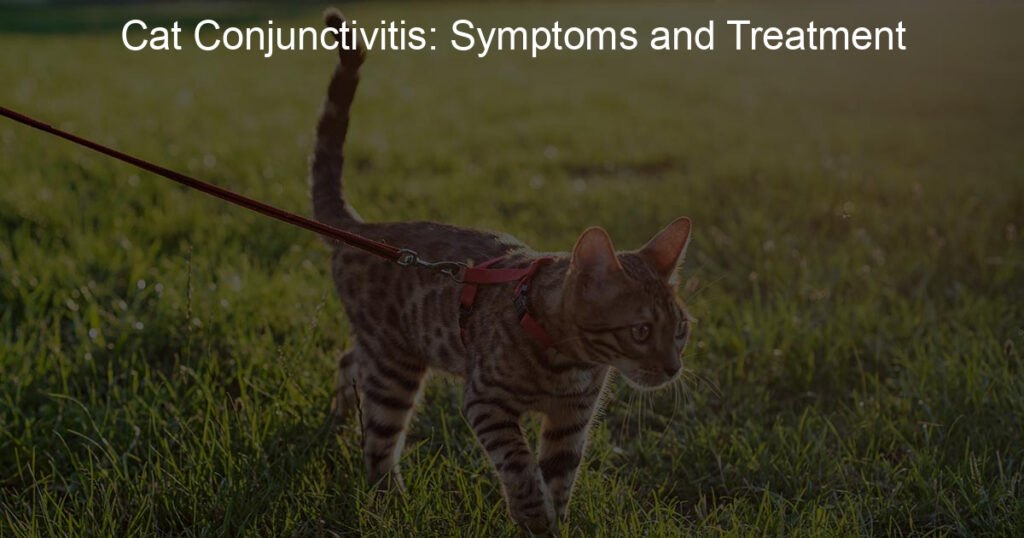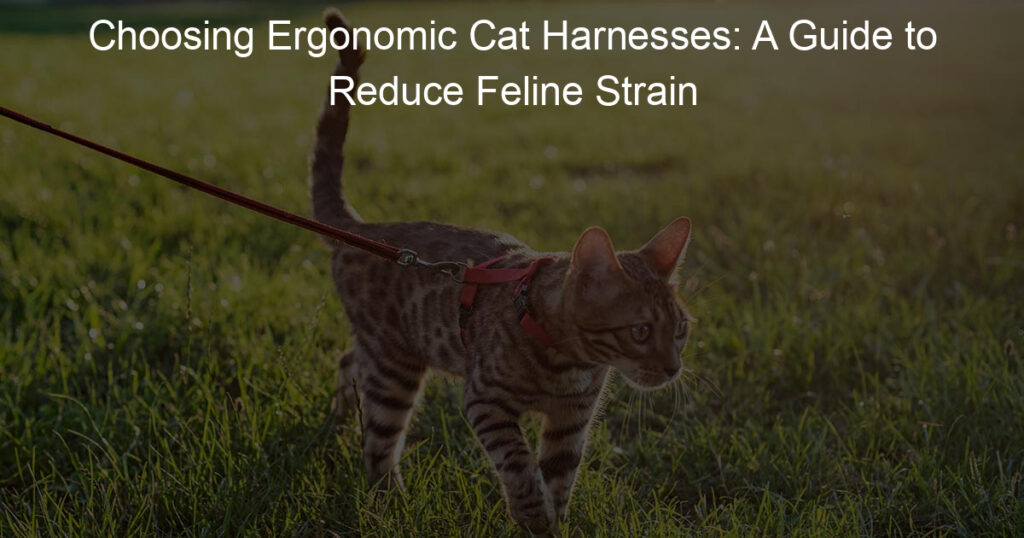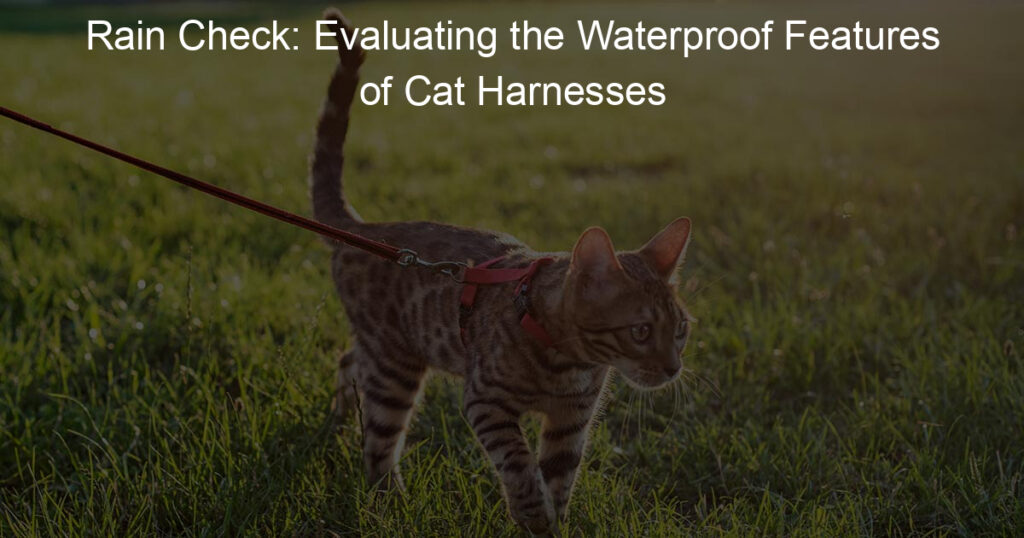If you’re a pet lover, cat lovers especially, chances are you’ve heard of conjunctivitis. Also commonly known as “pink eye,” it’s an infection that can affect cats and cause them discomfort – and if left untreated, potentially more serious problems.
But don’t worry! We’ve gathered information from trusted veterinary sources to make sure your furry friends get the best possible care when it comes to cat conjunctivitis and its symptoms and treatment.
How do I treat conjunctivitis in my cat?
Treating your cat’s conjunctivitis can be a difficult task, but it certainly doesn’t have to be. A trip to the vet is always recommended, as an expert opinion can help guide you through the treatment of this common eye infection. Your vet might recommend antibiotic ointment drops and/or drops that reduce swelling and irritation.
Start by cleaning your cat’s eyes with warm water and then following up with the recommended antibiotics, while remembering to keep them out of reach of your pet. As a general rule, you should continue administering the medications until you have finished a course prescribed by your veterinarian or the symptoms have disappeared.
Keep in mind that if your cat’s eye infection doesn’t go away after 10 days of treatment, you should consult with your veterinarian again for additional instructions.
Can cat conjunctivitis heal on its own?
It is undoubtedly true that cats can certainly get conjunctivitis, inflammation, and swelling of the outer layer of their eyes. However, this doesn’t mean you shouldn’t take your pet to the vet for an examination as soon as possible. While it’s certainly possible for cat conjunctivitis to heal on its own under certain circumstances and if underlying medical issues aren’t present, if your pet’s condition is severe or if the underlying cause isn’t addressed, the infection may worsen.
In addition, some breeds may be predisposed to complications due to their eye shape or size, such as Persian cats. So while it’s great to give your furry friend a little TLC at home with eye drops or ointment, ultimately it’s best to discuss any concerns with your veterinarian and strive for a correct diagnosis so that suitable medical advice and treatment can be given quickly.
How can I treat my cats’ conjunctivitis at home?
Treating your cat’s conjunctivitis at home can be tricky, but with a bit of education and preparation, you can make it easier. Start by consulting a vet to determine the type of conjunctivitis your cat has, as this will guide your treatment plan.
Make sure to clean out any discharge from the eye area regularly, and also try applying a warm compress or chamomile tea bags to the affected eyes – this may help relieve any pain and reduce swelling.
Lastly, certain over-the-counter medications may be used in mild cases – always check with your vet before giving anything to your cat! With the right steps taken, chances are you’ll have your kitty feeling better in no time!
How long does conjunctivitis last in cats?
Conjunctivitis, more commonly known as pink eye, is a highly contagious infection usually found in cats. The condition can last anywhere from 5-14 days, depending on the severity of the infection and any additional treatments that may be administered. It’s important to note that this infection is extremely infectious even after symptoms have subsided and treatment is complete.
Therefore, owners need to make sure all areas that their cats have come into contact with are washed and disinfected properly to protect other cats in the area. Failure to do so could cause a reoccurrence of the infection and a prolonged healing time.
Should I be worried if my cat has conjunctivitis?
If you think your cat might have conjunctivitis, it’s important to not panic. While it can be worrisome when our furry friends become sick, conjunctivitis is usually a minor issue and can usually be treated with topical ointments or eye drops. As soon as you notice signs of eye irritation on your cat, you should consult your vet and get a thorough check-up just to be safe.
Taking swift action will ensure that the condition doesn’t worsen and that your pet is comfortable. Go ahead and make an appointment at the vet if you have any concerns about your cat’s well-being—it’s always better to err on the side of caution!
Is conjunctivitis painful for cats?
Cats, like any other creature, are sensitive to pain. While conjunctivitis might not be particularly painful for adult cats, it can cause a lot of discomfort in kittens and older cats who may have weakened immune systems. The discharge from the eyes produced by the infection is also very uncomfortable for felines, as it prevents them from seeing clearly and may even cause temporary blindness if left untreated.
Consequently, it is important to monitor your cat’s symptoms closely and take them to a vet as soon as possible if you notice anything unusual. With prompt care, most cases of conjunctivitis in cats can usually be managed without too much pain and discomfort.
The Bottom Line
In summary, cat conjunctivitis is a common and treatable eye infection. If your cat begins to show signs of ocular discharge, redness, or irritation it’s best to take them to the vet for an evaluation. Prevention is key and adding supplements to your cat’s diet, like lutein and omega-3s, can help maintain healthy eyes. The treatment for conjunctivitis can range from antibiotics or medicated eye drops to more natural methods such as sprinkling cornmeal in the eyes several times per day.
Overall, taking the necessary steps to understand the symptoms and treatment options in confronting cat conjunctivitis is essential for keeping your furry family member safe and healthy. So if you notice anything out of the ordinary with your cat’s eye health, be sure to contact your vet immediately.












